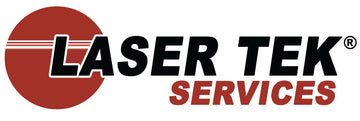Typically, custom-designed chocolate are produced in specific molds, which is cumbersome to prepare, time consuming and expensive. The process is like literally giving an artist a bagful of chocolates to create the unique appeal of the sweet treat. This process will now be a thing of the past with the onset of 3D printing technology, particularly the introduction of 3D chocolate printers (courtesy of Dr. Liang Hao, from the University of Exeter) that streamlines the entire process through the use of the computer.
What are 3D chocolate printers? These specifically crafted printers squirt chocolate on its nozzles instead of ink. It is equipped with thermal sensors that accurately maintain the consistency and heat of chocolate to be always in liquid form, so it can move freely along the intricate network of the printer. The process follows the 3D printing technology that is now evident in corporate offices and in industrial plants particularly in the precise design, production of plastic and metal components.
How does the 3D chocolate printer work? Actual 3D objects are submitted and transformed by the computer into a series of planes or literally slices one occurring on top of the other. Each micron thick plane or slice is fed into the printer chronologically one after the other which creates a three-dimensional object. In particular, chocolate squirts through the nozzle following the instructions from the computer as each plane is sent for printing. The process is quite confusing for the novice; but for the trained eye, 3D printing is actually simple and easy.
What are the practical applications of a chocolate 3D printer? The possibilities are boundless think of any object such as a toy, a puppy, or even a replica of the birthday celebrant as cake topping. With 3D printing, one can embroider designs based only on a photograph as the printer can really be programmed to reproduce anything. Of course, to help printer users avail of this technology conveniently, special websites accept requests and give detailed 3D digital information.
What can 3D printing contribute to the existing industry? The machine will be a great addition, as this will expedite the process of producing the sweet treats; to replicate the assembly line in plants, so the final products will be much affordable to consumers. And the digital instruction and information are kept stored in the computer, so users can have the option of creating several pieces or just keep it for future printing. Storing digital information is much simpler now compared to stacking molds in stock rooms.
Users and entrepreneurs are optimistic in what 3D chocolate printers can share to ease finally the process in delivering custom-made sweet treats.





